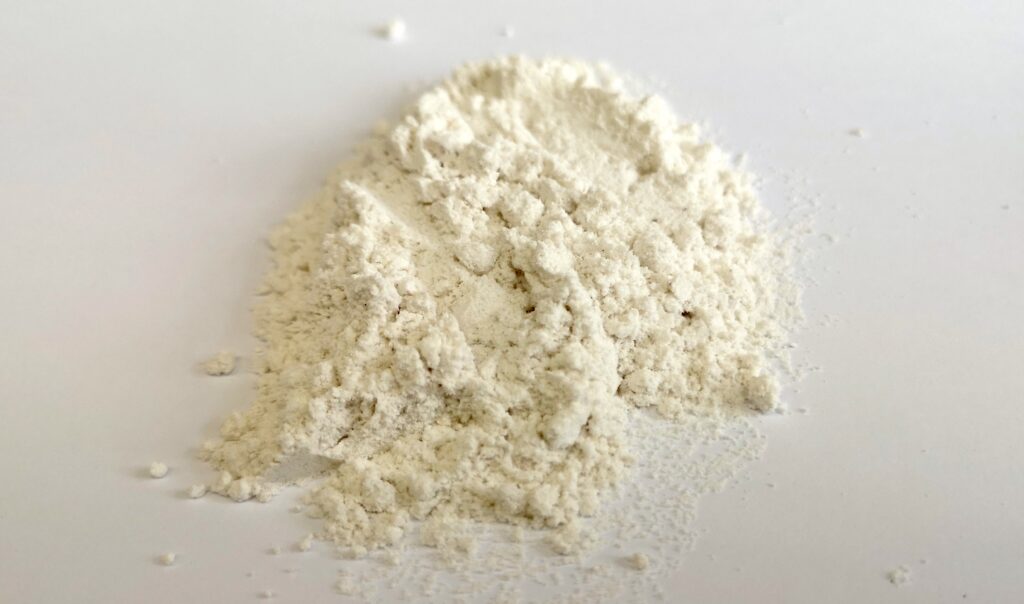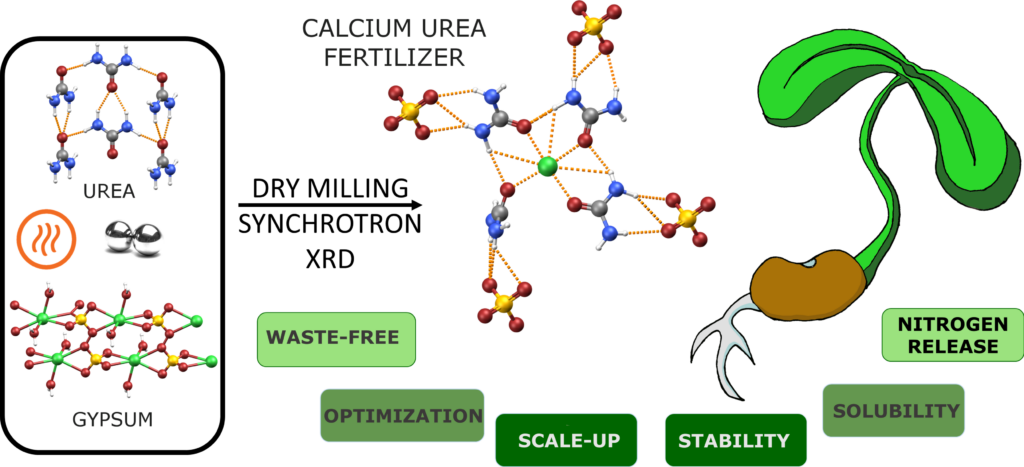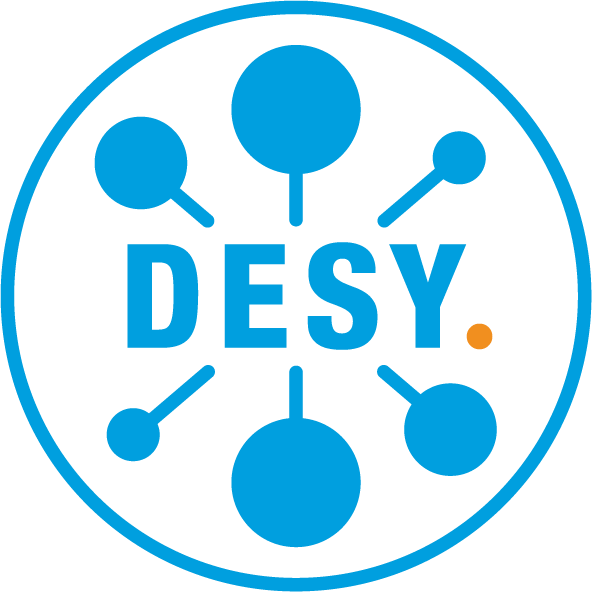Send us your feedback
Here you can send us feedback on the Maxess-website. Please describe the problem or what’s missing in a clear way, and on what page you found the issue. Thank you so much for your help!
Chemical Mill produces novel green fertilizer
X-ray experiments at DESY’s synchrotron light source PETRA III allowed scientists from the Ruđer Bošković Institute (IRB) , the Lehigh University in Bethlehem, the fertilizer company ICL, the University Zagreb and DESY to optimize a purely mechanical process for the production of Nitrogen and Calcium fertilizer.
Initiating chemical reactions with mechanical methods
For several years, scientists from DESY and IRB have been collaborating to explore the fundamentals of mechanical methods for initiating chemical reactions. This method of processing, called mechanochemistry, uses various mechanical inputs, such as compressing, vibrating, or, in this case, milling, to achieve the chemical transformation. However, in order to gain precise insights into the reactions during the processes, special experimental setups are required and are therefore only possible in a few places in the world.
Not only production can benefit from this process. Only about 47 per cent of conventional nitrogen fertilizer applied to fields in the form of urea, is actually absorbed by the ground. The rest is washed away and causes potentially massive disruptions in water systems.
Additionally, production of common fertilisers is energy-intensive, consuming every year four percent of the global natural gas supply via the Haber–Bosch process. Over 200 million tonnes of fertiliser is produced via the more than a century-old Haber–Bosch process. The new method provides an opportunity to reduce energy and natural gas consumption.

Making use of the unique mechanochemistry setup
The starting materials urea and gypsum were placed as powders in a grinding container containing two steel balls. By shaking, the powders were ground smaller and eventually combined chemically. The team used the bright X-ray light from PETRA III to observe the reaction live at beamline P02.1 using in-situ powder X-ray diffraction. The different reaction temperatures and water content of the gypsum were considered for process optimization. The combination of brilliant synchrotron radiation and the special mechanochemistry setup allows for unique insights into the parameters governing the milling process and to optimize reaction conditions for preparing the target fertiliser. The setup at PETRA III gives direct insight into the evolution of the reaction mixture by applying synchrotron radiation to the milling vessel. This means that the reaction can be observed without stopping the procedure.

The next step: Scaling up the process
The optimized process achieves 100 percent conversion of the feedstock into the desired fertilizer, i.e. without releasing any undesirable by-products or waste products. The resulting cocrystal then slowly releases the two chemical elements nitrogen and calcium, which are important for fertilization, little by little and can therefore reduce the pollution of water bodies and protect the climate. While the PETRA III analysis involved milligrams of fertiliser, the research team has managed to scale its procedures up with the help from the data taken at PETRA III. Thus far, they can produce hundreds of grams of fertiliser with the same procedure and efficiency. As a next step, the team plans to continue scaling up, in order to make an actual proof-of-principle industrial version of the process and testing of cocrystal fertilizer for application in real-world conditions.
Contact Partners
Case Details
DESY, Ruđer Bošković Institute (IRB), Lehigh University Bethlehem, ICL Fertilizers, University Zagreb
Powder Diffraction and Total Scattering Beamline P02.1




